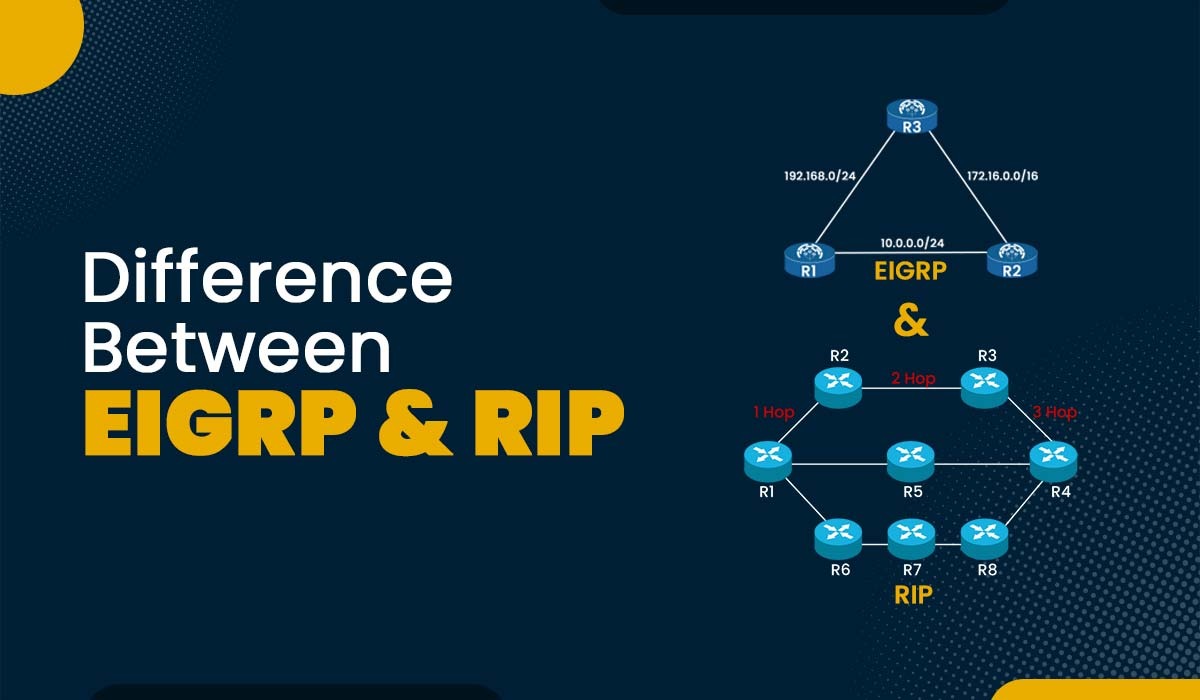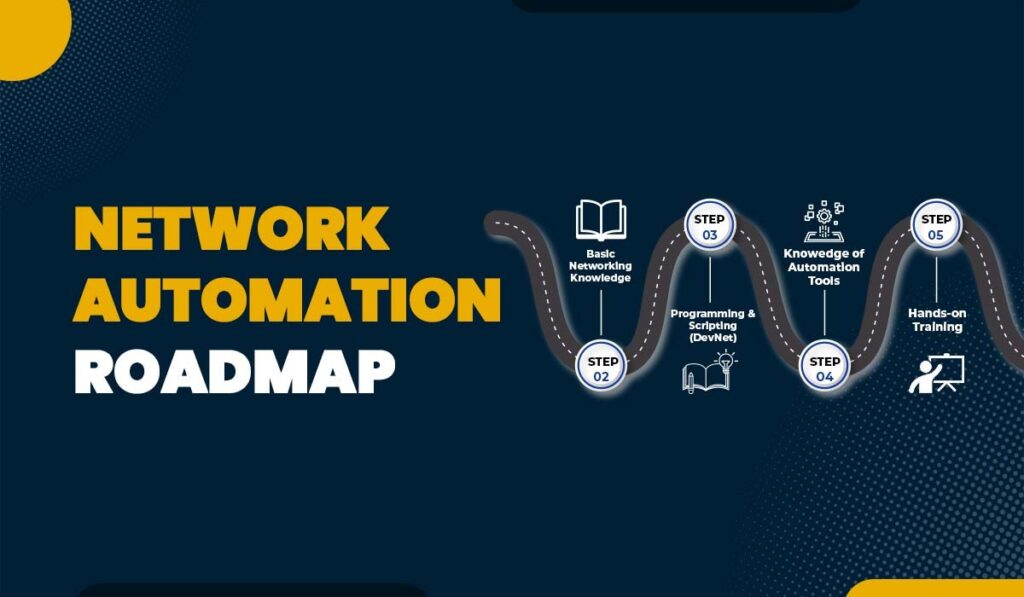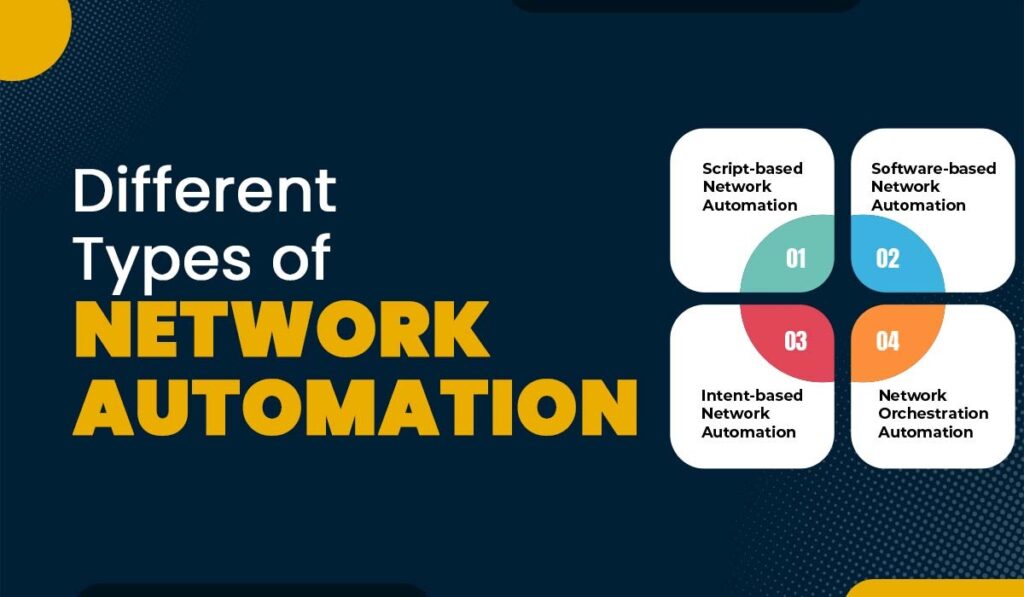Introduction
In a network, routers communicate with one another via different routing protocols available. Routing protocols help routers in order to choose the best path to a destination and also maintain the routing table. There are several types of routing protocols each with different functionalities, some of which are path vector, link state, and distance vector. In this blog, we will explain the basic difference between EIGRP and RIP, two well-known distance vector routing protocols.
Difference between EIGRP and RIP
The key difference between EIGRP and RIP is that RIP is a simple distance vector protocol that relies on hop count, while EIGRP is an advanced hybrid protocol that uses multiple metrics for efficient routing, making it faster and more scalable. Here are some other differences:
| Factors | EIGRP | RIP |
|---|---|---|
| Full form | Enhanced Interior Gateway Routing Protocol | Routing Information Protocol |
| Algorithm | Diffusing Update Algorithm (DUAL) | Bellman-Ford algorithm |
| Standard | Cisco-proprietary routing protocol | Industry-standard routing protocol |
| Organization Size | EIGRP is best suitable for medium to large organizations’ networks | RIP is suited only for small organization’s network |
| Protocol Type | Hybrid Protocol (distance vector and link state) | Distance vector routing protocol |
| Maximum Hop Count | The maximum hop count in EIGRP is 255 | The maximum hop count in RIP is 15 |
| Administrative Distance | EIGRP AD is 90 | RIP AD is 120 |
| Metric Calculation | Based on bandwidth and delay | Based on the hop count |
| Tables Maintained | Neighbor table, topology table, and routing table | Routing table and Topology table |
| Autonomous System Support | Yes, using the AS number | No, RIP does not support AS |
| Symbol in Routing Table | EIGRP is denoted by ‘D’ | RIP is denoted by ‘R’ |
Let’s understand both in detail.
What is EIGRP in Networking?
EIGRP stands for Enhanced Interior Gateway Routing Protocol. It is a Cisco proprietary protocol that was developed in order to overcome the limitations of IGRP (Interior Gateway Routing Protocol). EIGRP makes use of the Diffusing Update Algorithm (DUAL) to calculate the best route to a destination network based totally on multiple metrics that include bandwidth, delay, load, and reliability. EIGRP additionally helps unequal cost load balancing, which means that it may use more than one path with different costs to reach the identical destination.
To function properly, EIGRP maintains three tables in each router. These are:
- Neighbor table: The neighbor table lists the adjacent routers that use EIGRP on the same network segment.
- Topology table: The topology table contains all of the routes discovered from the neighbors, together with their metrics and feasibility conditions.
- Routing table: The routing table consists of the best routes that are selected from the topology table, primarily based on the lower cost or the lowest possible distance.
EIGRP makes use of hello packets to establish and maintain neighbor relationships. It also uses update packets in order to advertise new or modified routes, query packets to request information about a destination network, respond packets to answer queries, and acknowledgment packets to confirm the receipt of updates, queries, or replies.
EIGRP has an administrative distance of 90, which means that it’s preferred over other routing protocols with higher values. EIGRP may be configured with an autonomous system (AS), which identifies a collection of routers that share the same routing information and policies.
Characteristics of EIGRP:
- Hybrid protocol: Uses both distance vector and link-state principles.
- Metric-based routing: Uses a composite metric (bandwidth, delay, reliability, and load).
- Supports VLSM and CIDR: It can efficiently use IP addresses.
- Uses DUAL algorithm: It provides fast convergence and loop-free paths.
- Partial updates: Only sends updates when a change occurs, reducing bandwidth usage.
- Scalable: It is suitable for both small and large networks.
What is RIP in Networking?
RIP stands for Routing Information Protocol. It is one of the oldest and handiest routing protocols, primarily based on the Bellman-Ford algorithm. RIP makes use of hop count as the only metric in order to measure the distance to a destination network. Hop count is the number of routers that a packet has to pass to reach its destination. RIP has a maximum hop count of 15, which means that any network that is more than 15 hops away is considered unreachable.
In order to function properly, RIP maintains two tables for every router available in a network segment. These are:
- Routing Table: The routing table carries all the routes discovered from other routers alongside their hop counts. RIP makes use of updated packets to exchange routing information with different routers every 30 seconds. Each update packet includes up to 25 routes from the routing table.
- Topology Table: In RIP, a topology table is a type of data structure used to hold details about the routes that are learned from other available RIP routers. By exchanging routing updates with nearby routers, the topology table is frequently updated. On a Cisco router, the command “show ip rip database” may be used to view the topology table. Based on the hop count measure, the topology table helps the router in choosing the optimum path to a destination network.
RIP has an administrative distance of 120, which means that it’s less preferred than different routing protocols available with lower values. RIP does not support areas or autonomous systems; however, it helps classful and classless addressing modes.
Characteristics of RIP
- Distance vector protocol: Uses hop count as the metric.
- Maximum hop count: Limited to 15 hops, making it unsuitable for large networks.
- Periodic updates: Sends updates every 30 seconds, which can cause network congestion.
- Slow convergence: It takes time to update routing tables, leading to possible routing loops.
- Uses UDP port 520: Communicates via User Datagram Protocol (UDP).
Types of RIP
- RIP v1 – Classful protocol that does not support subnet masks.
- RIP v2 – Classless protocol that supports subnet masks and authentication.
- RIPng – Supports IPv6 networks.
Now that we have a basic understanding of what EIGRP and RIP are. Let’s now move on to compare EIGRP vs RIP to understand their differences.
RIP vs EIGRP: What’s the difference?
Here are the main difference between EIGRP and RIP:
1. Routing Algorithm
RIP is a pure distance vector protocol, while EIGRP is a hybrid protocol that combines distance vector and link-state features, making it more advanced and efficient.
2. Metric Used
RIP selects routes based on hop count, while EIGRP uses bandwidth, delay, reliability, and load to select routes better.
3. Hop Count Limitation
RIP has a maximum hop count of 15, making it unsuitable for large networks. In contrast, EIGRP has no strict hop limit and can scale efficiently.
4. Convergence Speed
RIP has slow convergence because it relies on periodic updates, whereas EIGRP has fast convergence due to its DUAL (Diffusing Update Algorithm), which ensures quick routing updates.
5. Network Suitability
RIP is suitable for small networks, whereas EIGRP is better for medium to large enterprise networks due to its scalability and efficiency.
6. Protocol Type
RIP is a standard protocol and works on all vendors, while EIGRP is Cisco proprietary, meaning it works best on Cisco devices.
7. Security Features
EIGRP supports authentication, ensuring secure routing updates, whereas RIP only supports authentication in RIP v2, and RIP v1 lacks security features.
8. VLSM & CIDR Support
RIP v1 does not support Variable Length Subnet Masking (VLSM) or Classless Inter-Domain Routing (CIDR), whereas EIGRP fully supports both, making it more efficient in IP address management.
9. Resource Utilization
EIGRP consumes more CPU and memory due to its complex calculations, while RIP is lightweight and has minimal resource requirements.
Now, we have compared EIGRP vs RIP and understood the main difference between the two.
Which One Should You Use?
You can use RIP if:
- If you have a small network with basic routing needs, RIP can be a simple and easy-to-configure option.
You should use EIGRP if:
- If you need high-speed, efficient, and scalable routing, EIGRP is a better choice, especially for medium to large enterprise networks.
Frequently Asked Questions
Q1. What is difference between EIGRP and OSPF?
EIGRP stands for Enhanced Interior Gateway Routing Protocol, and it uses various factors such as bandwidth, load, and delay in order to calculate the optimal path to a destination.
OSPF stands for Open Shortest Path First, which is a type of link-state routing protocol that uses the SPF algorithm in order to find the shortest path to a destination network.
Q2. What is the main difference between RIP and OSPF?
RIP stands for Routing Information Protocol and is a type of distance-vector routing protocol that makes use of hop count as the metric, whereas OSPF is a link-state routing protocol that makes use of bandwidth as the metric.
Q3. Why is EIGRP used?
Some of the reasons why EIGRP is used are:
- It supports CIDR and VLSM.
- It also supports multiple network layer protocols such as IPv4, IPv6, IPX, and AppleTalk.
Q4. What is the difference between BGP and OSPF and RIP?
BGP stands for Borger Gateway Protocol, which uses path attributes in order to determine the best route to a destination.
OSPF stands for Open Shortest Path First and is a link-state routing protocol that uses the SPF algorithm in order to determine the optimal path to a destination network.
RIP stands for Routing Information Protocol, which uses hop count as the metric in order to select the best path to a destination network.
Conclusion
In this blog, we have learned about the difference between EIGRP and RIP. We have seen that EIGRP is a more advanced and efficient routing protocol than RIP, as it uses multiple metrics, supports unequal cost load balancing, maintains multiple tables, and uses a smarter algorithm.
However, EIGRP is also more complex and requires more resources than RIP. RIP is a simple and easy-to-configure routing protocol, but it has many limitations and drawbacks, such as using only hop count, having a maximum hop count of 15, maintaining only one table, and using periodic updates.





